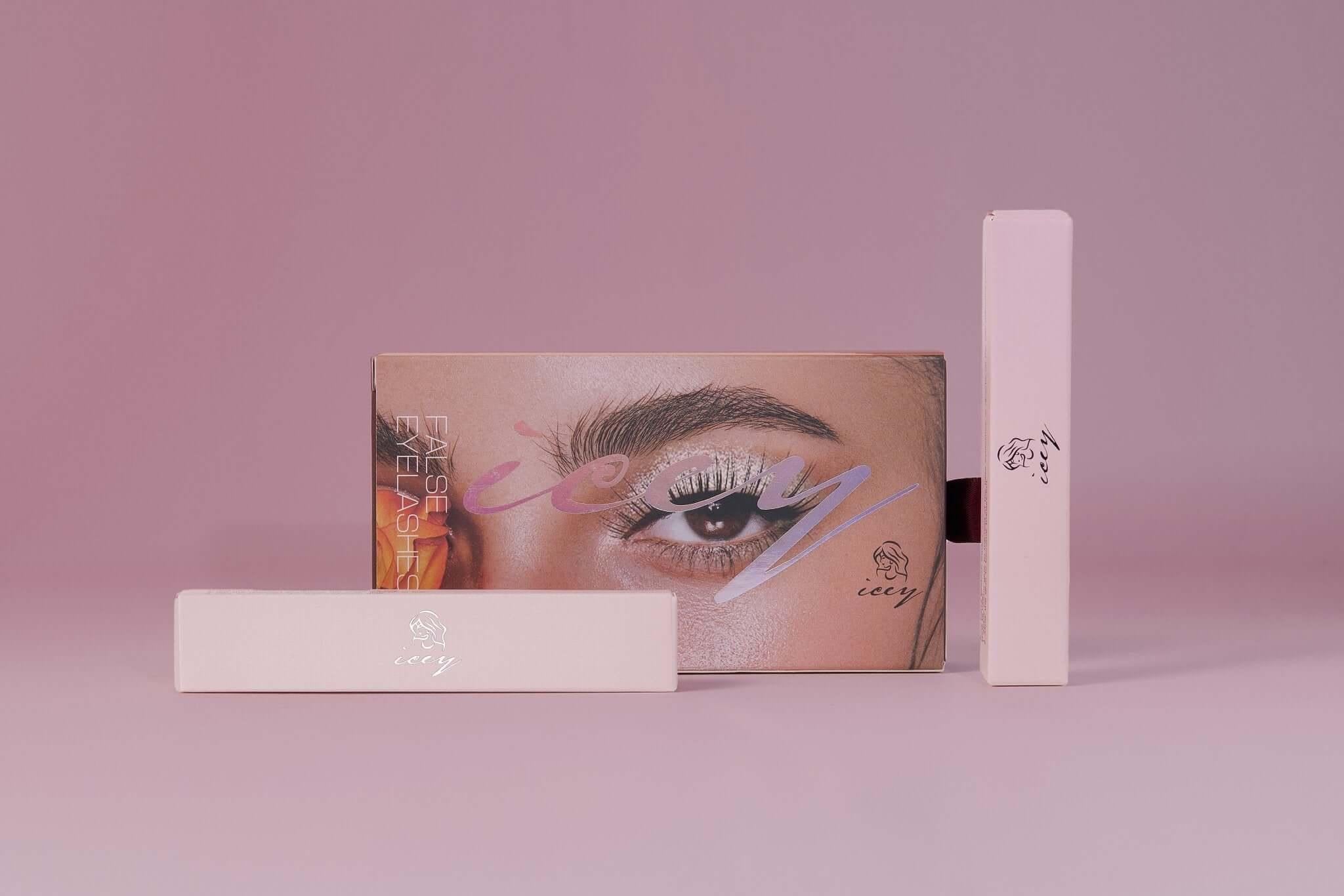
The Science Behind Eyelashes: Understanding Materials and Construction
False eyelashes have become a staple in the beauty industry, providing a quick and effective way to enhance the appearance of our lashes. But have you ever wondered about the science behind these fluttery accessories? In this blog post, we will delve into the materials and construction of false eyelashes, shedding light on the different options available and helping you make an informed choice.
- False Eyelash Materials:
False eyelashes are crafted from various materials, each offering unique characteristics and benefits. The two most common materials are synthetic fibers and mink fur.
-
Synthetic Lashes: Synthetic lashes are typically made from materials like nylon, polyester, or acrylic. They are known for their durability, affordability, and wide range of styles. Synthetic lashes can mimic the appearance of natural lashes and are available in various lengths, volumes, and curl types.
-
Mink Lashes: Mink lashes are made from the shed fur of minks. They are highly sought after for their softness, lightweight feel, and natural look. Mink lashes are known for their wispy, fluttery appearance and can provide a more luxurious and glamorous effect. It's important to note that synthetic lashes are a cruelty-free alternative to mink lashes.
- Lash Construction:
Understanding the construction of false eyelashes is essential in determining their comfort, durability, and overall effect. Here are two key elements of lash construction to consider:
-
Lash Fibers: The fibers used in false eyelashes can vary in thickness, length, and curl. Thicker fibers create a bolder and more dramatic look, while finer fibers offer a softer and more natural appearance. The length and curl of the fibers also contribute to the overall effect of the lashes, whether you desire a subtle enhancement or a glamorous flutter.
-
Lash Band: The lash band refers to the strip that holds the individual or cluster lashes together. It can be made of various materials, including cotton, nylon, or clear plastic. The choice of lash band affects the flexibility, comfort, and ease of application. Some lash bands are more rigid, while others are more flexible and conform to the shape of your eyelid for a seamless fit.
- Synthetic Lashes vs. Mink Lashes:
When comparing synthetic lashes and mink lashes, several factors come into play:
-
Appearance: Synthetic lashes offer a wide variety of styles, allowing you to achieve different looks, from natural to dramatic. Mink lashes have a reputation for their natural and wispy appearance, providing a softer and more fluttery effect.
-
Comfort: Both synthetic lashes and mink lashes can be comfortable to wear when properly applied. However, some individuals may find mink lashes to be lighter and more comfortable due to their softness and flexibility.
-
Price: Synthetic lashes are generally more affordable compared to mink lashes, which can be pricier due to the premium quality of the fur.
Ultimately, the choice between synthetic and mink lashes depends on your personal preferences, budget, and ethical considerations.
Understanding the science behind false eyelashes, including the materials used and lash construction, can help you make an informed decision when choosing the right lashes for your needs. Whether you opt for synthetic lashes for their versatility and affordability or mink lashes for their natural and luxurious feel, false eyelashes offer endless possibilities to enhance your lash game and elevate your overall beauty.

4 comments
Kaden Khan
Kaden Khan
Zhuri Hammond
Zhuri Hammond
Lainey Welch
Lainey Welch
Ezequiel Quintana
Ezequiel Quintana
Leave a comment
This site is protected by hCaptcha and the hCaptcha Privacy Policy and Terms of Service apply.